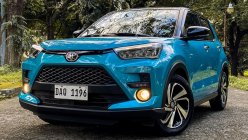In the present day, and despite the massive popularity of larger vehicles globally, hatchbacks are no doubt holding their ground. For the Philippine market, Toyota has captured a huge chunk of the said segment with the Vios-based Yaris, and the Wigo.
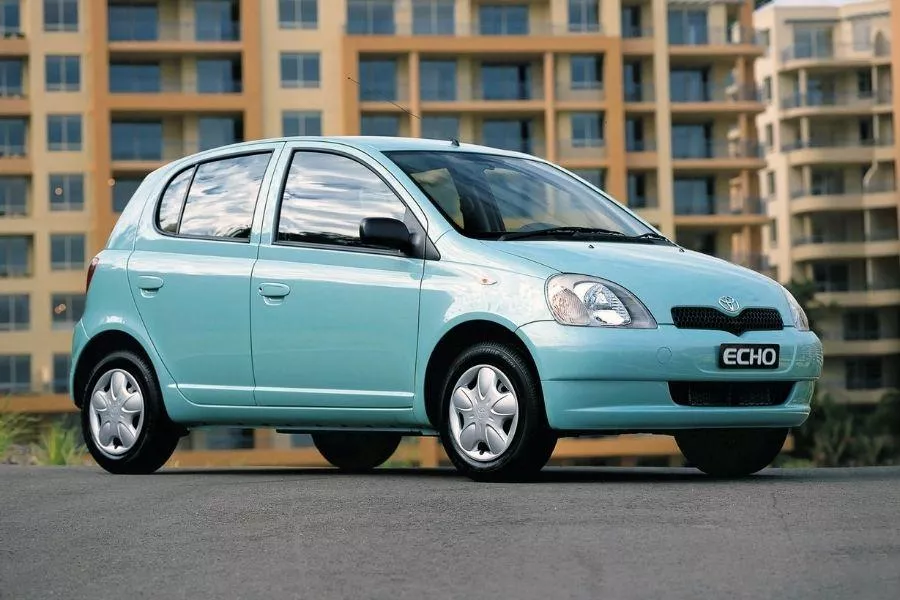
The humble-looking Toyota Echo is what you'd get if you don't want to get noticed
Back in the early 1990s though, it was a little different. And as most of you know by now, the most dominant Toyota model at that time was the Toyota Corolla sedan. And in general, sedans were the go-to vehicle class if you just wanted a fuel-efficient daily driver.
But as the 2000s rolled in, Toyota Philippines and the rest of the world got a taste of what the Japanese brand has to offer in terms of subcompact hatchbacks.
What we’re talking about is the Toyota Echo which was launched locally in 2000. Only two variants were sold in the Philippines from 2000 to 2002: a manual version and an automatic version.
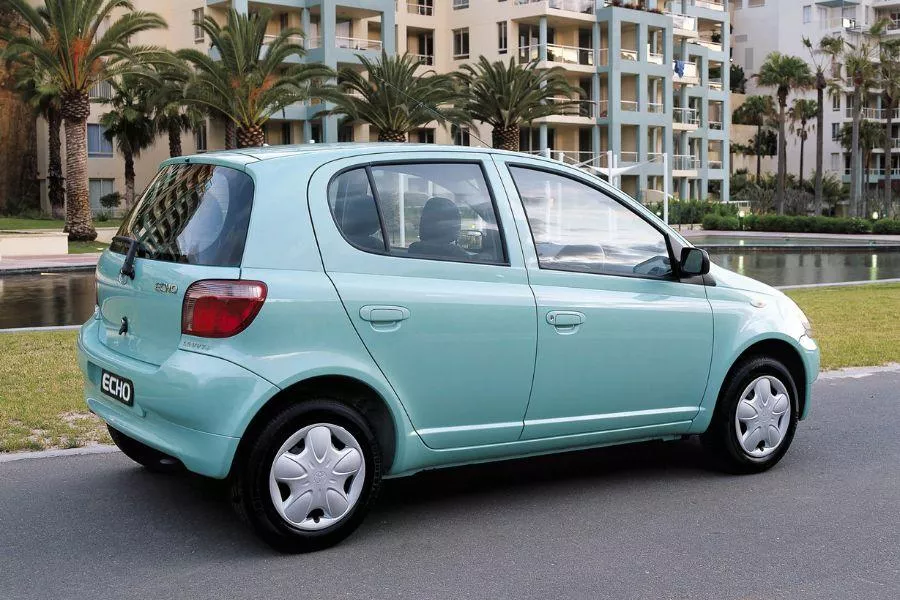
There is some degree of funkiness to it tough
Despite not having the same ubiquitousness as the Wigo in the present day, we can safely say that it heralded the idea that small city cars can indeed meet the needs of the Filipino consumer.
As such, we can even posit that it started the small, low-cost hatchback market segment battle, which is still quite competitive up to the present. The Suzuki Swift for instance, was introduced later in 2005. There’s also the Peugeot 307 sold locally from 2003 to 2007, the Hyundai Getz available from 2005 to 2011, the first-gen Honda Jazz sold from 2004 to 2008, the Chevrolet Aveo hatchback sold from 2006 to 2013, and many others.
Toyota Echo: No-nonsense
So, did the Echo have anything to it that made it stand out? Well, as far as subcompacts go, it was pretty standard. It could seat up to five, and it had a decently comfortable interior that was typical to vehicles of its class when it was released.
Inside, it had a manual air-conditioning system, an AM/FM radio linked to four speakers, a double glovebox, power steering, power windows, power door locks, power-adjustable mirrors, fabric seats, a tilt-only steering wheel, etc.
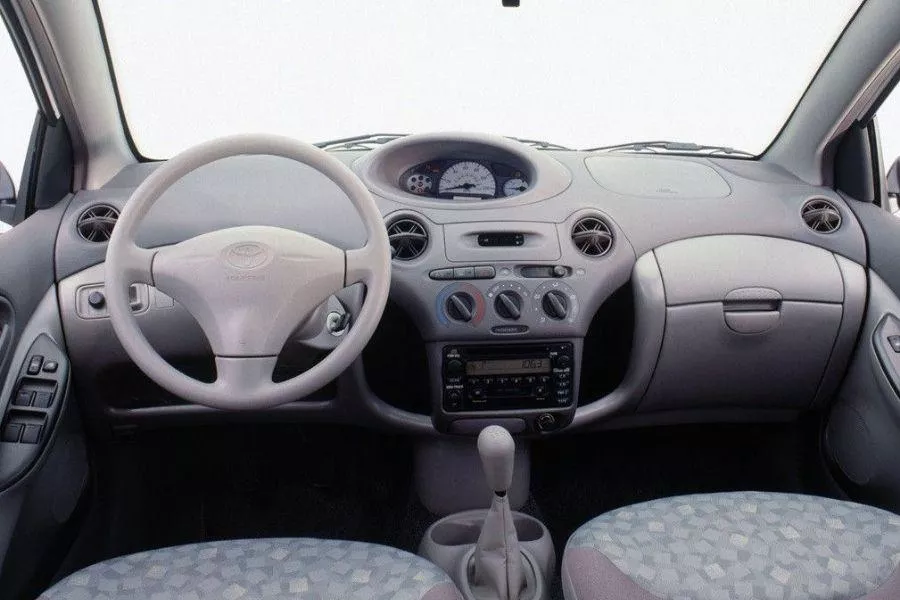
While practical, its interior was abundant in weird shapes
Overall, it wasn’t a feature-rich hatch by any stretch, but it was far from barebones. Its hard plastic interiors were rugged and easy to clean. And for a small car, it offered decent boot space and rear passenger space.
As for its exterior, well, it could be summed up as nondescript. It primarily came with a smooth, angle-less body with no hint of sportiness whatsoever. So yes, it was a run-of-the-mill hatchback that could blend into the sea of traffic.
Under the hood, the Echo used the 1.3-liter 2NZ-FE, which of course is the same engine found on the Toyota Vios 1.3-liter variants. As such, the Echo also had the reliability of its sedan cousin. Like the Vios 1.3 though, the Echo wasn’t exactly quick.
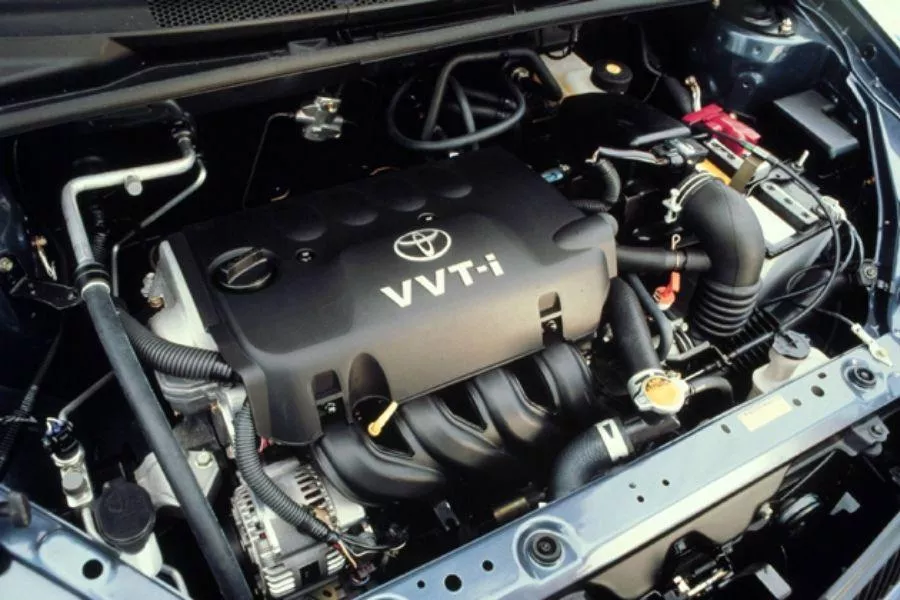
The Echo's 1.3-liter 2NZ-FE inline-4 gasoline engine
At maximum, it only made 85 horsepower and 122 Nm of torque. As a consolation, the five-speed manual version had a curb weight of 885kg, whereas the four-speed automatic variant clocked in at 900kg. That’s around 100kg lighter than the first-generation Suzuki Swift, and around 45kg lighter than the Hyundai Getz.
The one caveat that you’d have to deal with a 2000 to 2002 Toyota Echo however is its lack of airbags. It also didn’t come with antilock braking, and stability control. But hey, that means there are fewer things to break right?
Toyota Echo: Short stint
While the Echo was reliable, it carried a premium over the Toyota Corolla sedan. Remember, it was imported directly from Japan. Also, many folks didn’t see the appeal of buying something more expensive than the Corolla, whilst having less interior room and less cargo space.
To this end, the Toyota Echo ended its stint in the local market in 2002, just two years after its introduction. The production for the Echo model itself finally ended later in 2012 when it was last made in China through the Tianjin FAW brand.
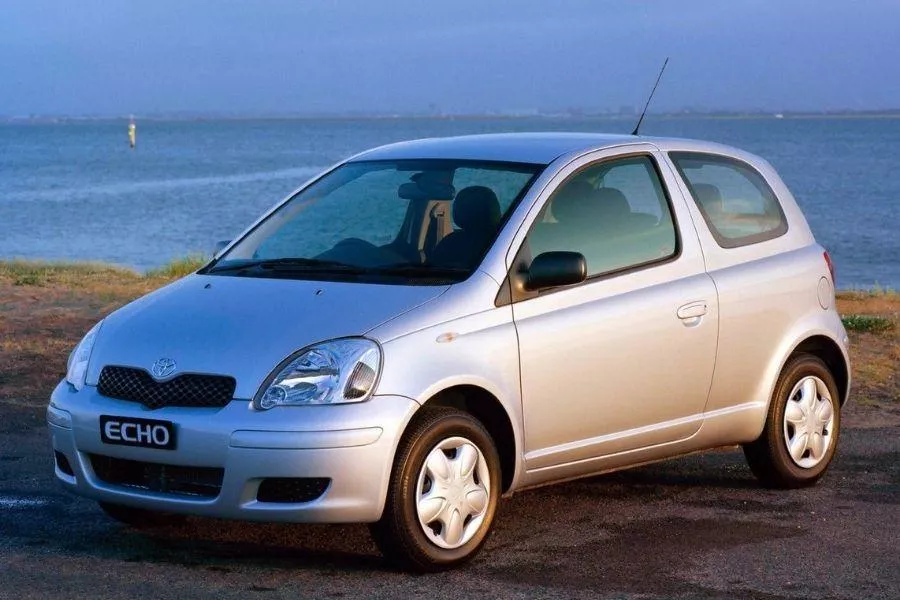
The Echo also had a two-door variant which the Philippine market didn't get
That said though, many other Toyota models took over the reins of the Echo. There’s the first-generation Yaris in 2007, and then the Wigo in 2014. Two very successful models, which are certified market movers for Toyota.
So, now you want a Toyota Echo. Well, believe it or not, looking for one in good shape is actually becoming more difficult locally. It didn’t last long in the local market afterall.
That said though, some that are still up for sale are reasonably priced, and one might even spot a used Toyota Echo in our car for sale section.
Recent posts
- Toyota LiteAce simple reliable people carrier May 24, 2021
- remembering Toyota Corolla Big Body May 28, 2021
- Top 5 Most Fuel-Efficient Hatchbacks in the Philippines Sep 15, 2021






